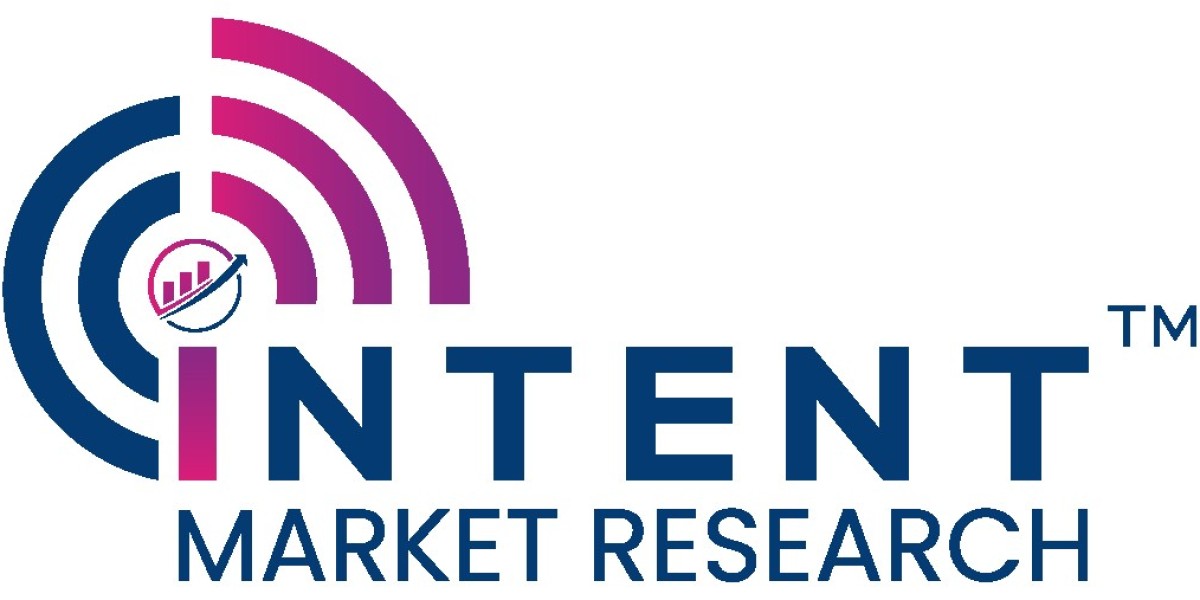In today's fast-paced world, digital menu boards for restaurants have become a vital part of the dining experience. These dynamic displays not only capture customers' attention but also streamline operations and enhance the overall ambiance of your establishment. If you are considering investing in digital menu boards, it's essential to understand the key features that will maximize your return on investment. Here are the top features to look for when investing in digital menu boards and digital signage software for your restaurant.
1. High-Resolution Displays
One of the most critical features of digital menu boards is the quality of the display. High-resolution screens ensure that your menu items are presented in vibrant colors and sharp detail, making them more appealing to customers. Look for displays with at least Full HD (1080p) resolution, though 4K displays are becoming increasingly popular for their superior clarity. The better the visual quality, the more likely you are to catch the eye of potential customers and make your offerings look irresistible.
2. User-Friendly Digital Signage Software
The software powering your digital menu boards is just as important as the hardware. Choose digital signage software that is intuitive and easy to use, allowing you to quickly update menu items, prices, and promotions. The best software should offer a drag-and-drop interface, pre-designed templates, and scheduling capabilities. This ease of use ensures that your staff can manage the content efficiently, reducing the time and effort required to keep your menu boards up-to-date.
3. Content Management System (CMS) Integration
A robust content management system (CMS) is essential for managing and deploying content across multiple screens and locations. A good CMS allows you to control all your digital menu boards from a central location, ensuring consistency and reducing the risk of errors. It should support various media formats, including images, videos, and animations, giving you the flexibility to create engaging and dynamic menus.
4. Real-Time Updates and Remote Management
The ability to update your digital menu boards in real-time is a game-changer for restaurants. Whether you're changing prices, adding new items, or promoting a daily special, real-time updates ensure that your customers always see the most current information. Remote management capabilities allow you to make these changes from anywhere, giving you the flexibility to manage your menu boards even when you're not on-site.
5. Interactive Capabilities
Interactive digital menu boards can significantly enhance the customer experience. Features like touch-screen capabilities allow customers to browse the menu, view nutritional information, and even place orders directly from the screen. This level of interactivity can reduce wait times, improve order accuracy, and increase customer satisfaction. Additionally, interactive boards can be used to collect valuable customer data, helping you to understand preferences and tailor your offerings accordingly.
6. Customizable Templates and Branding
Your digital menu boards should reflect your restaurant's brand identity. Look for digital signage software that offers customizable templates, allowing you to incorporate your logo, colors, and fonts. Consistent branding across all your digital signage helps to reinforce your brand image and create a cohesive look and feel throughout your restaurant.
7. Energy Efficiency and Durability
Investing in energy-efficient digital menu boards can save you money on electricity bills in the long run. Look for displays with energy-saving features such as automatic brightness adjustment and low power consumption. Additionally, ensure that the screens are durable and designed to withstand the rigors of a restaurant environment, including exposure to grease, heat, and humidity.
8. Integration with POS Systems
Seamless integration with your point-of-sale (POS) system is a crucial feature for digital menu boards. This integration allows for automatic updates of menu items and prices, reducing the risk of discrepancies and ensuring that your menu boards always display accurate information. It also streamlines the order process, improving efficiency and reducing the likelihood of errors.
9. Analytics and Reporting
Understanding how customers interact with your digital menu boards can provide valuable insights into their preferences and behaviors. Look for digital signage software that includes analytics and reporting features. These tools can track which menu items are viewed the most, how long customers spend on each screen, and the effectiveness of promotional content. This data can inform your marketing strategies and help you optimize your menu offerings.
10. Scalability
As your restaurant grows, your digital menu board system should be able to scale with you. Whether you are adding more screens in a single location or expanding to multiple locations, your digital signage solution should offer the flexibility to grow without requiring a complete overhaul. Look for systems that support easy addition of new screens and locations, ensuring a seamless expansion process.
Conclusion
Investing in digital menu boards for restaurants is a smart move that can enhance customer experience, streamline operations, and boost sales. By focusing on high-resolution displays, user-friendly digital signage software, real-time updates, interactive capabilities, and other key features, you can ensure that your investment delivers maximum value. As technology continues to evolve, staying ahead of the curve with advanced digital menu boards will keep your restaurant competitive and appealing to tech-savvy customers.








